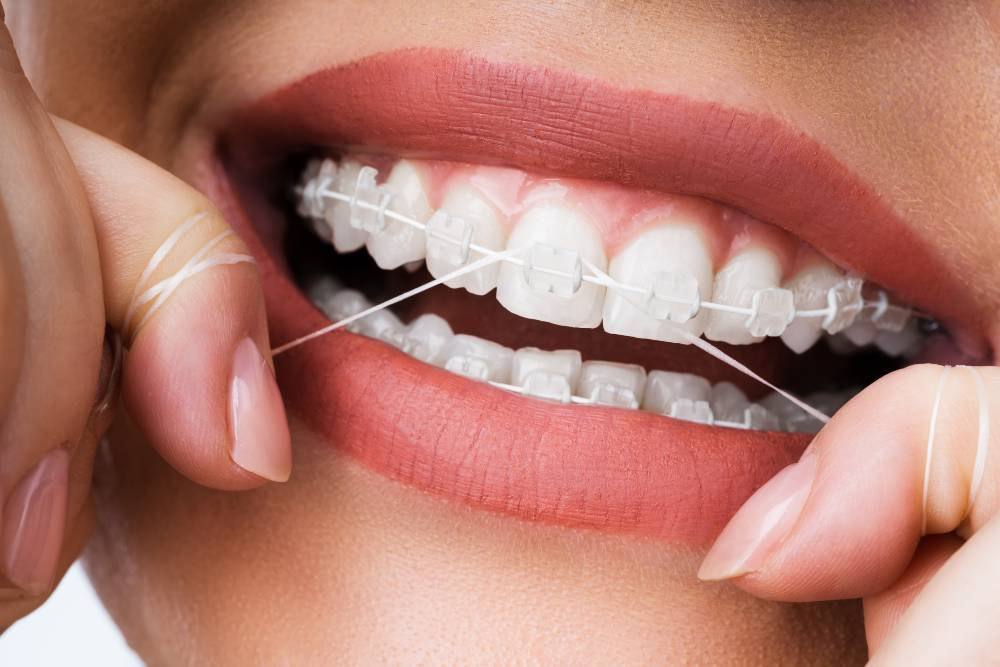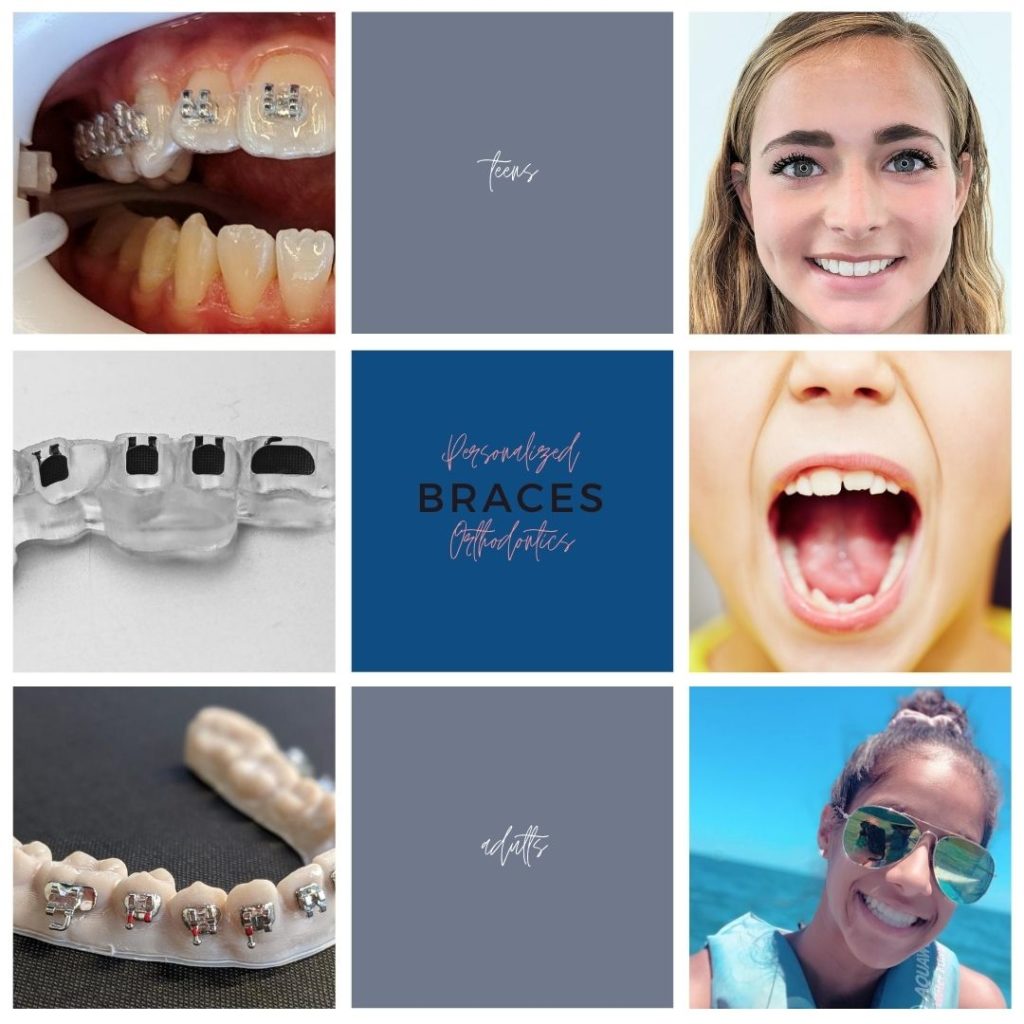The Legacy Orthodontics Ideas
The Legacy Orthodontics Ideas
Blog Article
The Best Strategy To Use For Legacy Orthodontics
Table of ContentsExcitement About Legacy OrthodonticsTop Guidelines Of Legacy OrthodonticsThe Best Guide To Legacy OrthodonticsSome Known Factual Statements About Legacy Orthodontics Legacy Orthodontics - An Overview
At Advanced Orthodontics, we offer individuals with a holistic therapy experience. Additionally, we use adjustable treatment schedules, adaptable settlement options and a fun, pleasurable experience. orthodontics. Call ( 480) 357-4900 today for even more info and routine a visit.An orthodontist is a dentist educated to identify, stop, and deal with teeth and jaw irregularities. Orthodontists work with people of all ages, from kids to adults.
Malocclusion, or misaligned teeth, can lead to oral issues, including dental caries, gum condition, and difficult or excruciating chewing. Not every person is birthed with straight teeth. If you have a negative bite or large spaces in between your teeth, you might desire to speak with a dental practitioner concentrating on orthodontic care.
Legacy Orthodontics - The Facts
( Photo Credit Rating: DigitalVision/Getty Images) Orthodontists use fixed and detachable oral devices, like dental braces, retainers, and bands, to change the placement of teeth in your mouth. Orthodontic treatment is for dental irregularities, consisting of: Misaligned teethBite troubles, like an overbite or an underbiteCrowded teeth or teeth that are too much apartJaw misalignmentThe goal of orthodontic therapy is to boost your bite.
While you might believe of orthodontists as generally for children or young adults that require dental braces, they can fix oral problems at any kind of age. Orthodontists go to university, dental college, and orthodontic college.
All orthodontists are dental professionals, but not all dentists are orthodontists. Orthodontic residency programs supply extensive, concentrated instruction for oral professionals. They concentrate on 2 areas: Just how to appropriately and safely relocate teeth Just how to correctly guide advancement in the teeth, jaw, and faceOnce an orthodontist has finished training, they have the choice to become board certified.
7 Simple Techniques For Legacy Orthodontics
Misalignment, or malocclusion, is one of the most common reason individuals see an orthodontist. It is hereditary and is the result of dimension differences in between the top and lower jaw or in between the jaw and teeth. Malocclusion brings about tooth overcrowding, an irregular jaw, or uneven bite patterns. Malocclusion is normally treated with: Your orthodontist attaches steel, ceramic, or plastic square bonds to your teeth.
If you have only small malocclusion, you might be able to use clear braces, called aligners, rather of conventional braces (https://forums.hostsearch.com/member.php?268999-legacyortho). Some individuals require a headwear to assist move teeth right into line with stress from outside the mouth. After braces or aligners, you'll require to put on a retainer. A retainer is a custom tool that maintains your teeth in position.
They can create extra room in the mouth without having to pull teeth. Orthodontists make use of cords, medical screws, or plates to support your jaw bone.
You may require to see an orthodontist if you have: Crowding or otherwise enough room for every one of your teethOverbite, when your upper teeth come your bottom teethUnderbite, when your base teeth are also much forwardSpacing or concerns site link with gapsCrossbite, which is when your upper teeth fit behind your base teeth when your mouth is closedOpen bite or an upright gap in between your front base and upper teethMisplaced midline, when the center of your base and upper teeth do not line up Dealing with a dental malocclusion can: Make biting, chewing, and speaking easierImprove the symmetry of our face and your total appearanceEase pain from temporomandibular joint problemsDifferent your teeth and make them simpler to clean up, assisting prevent dental caries or tooth cavities It's frequently a dental practitioner who initially notices misaligned teeth during a regular test.
Legacy Orthodontics Can Be Fun For Anyone

Throughout your initial orthodontic appointment, you'll likely have: A dental examPhotos taken of your face and smileDental X-raysPanoramic (360 level) X-rays of your face and headImpressions to create mold and mildews of your teethThese examinations will aid your orthodontist know how to proceed with your treatment. leesburg orthodontist. An orthodontist is a dentist that's had training to treat your teeth and jaw
An orthodontist is focused on your bite, so something like a broken tooth would certainly be dealt with by a dentist. Orthodontists are focused on your bite, or the way your teeth fit with each other, and the straightness of your teeth.
Ever before questioned exactly how celebs always seem to have completely aligned teeth? The solution commonly lies in the competent hands of an orthodontist. Yet what precisely does an orthodontist do? Orthodontists are oral professionals who focus on correcting irregularities in the teeth and jaws. Their proficiency goes past just developing an attractive smile; it encompasses enhancing your overall dental health and wellness and feature.
Legacy Orthodontics Can Be Fun For Everyone

While braces are the most typically identified orthodontic therapy, orthodontists have a varied toolkit at their disposal. The specific method selected depends upon the extent of the case, the person's age, and individual preferences. These tried-and-true braces make use of a system of brackets bonded to the teeth and linked by cables.
Clear aligners, like Invisalign, are a preferred choice for patients seeking a much more very discreet therapy option. These removable trays are tailor-made to considerably shift the teeth's setting. Headgear may be utilized in combination with dental braces or aligners to use added targeted pressures, specifically for correcting jaw disparities. In cases of slim jaws, palatal expanders can be made use of to develop room for appropriate tooth positioning.
Report this page